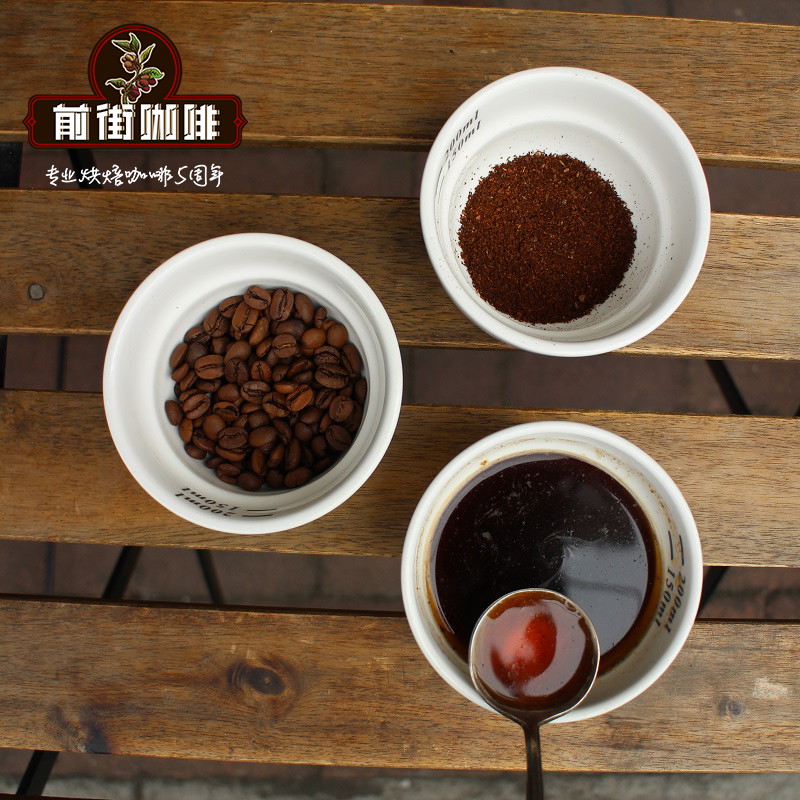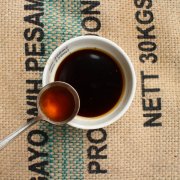Flavor characteristics of information materials in coffee producing area of Mount Kilimanjaro in Kilimanjaro, Tanzania

Professional coffee knowledge exchange more coffee bean information please follow the coffee workshop (Wechat official account cafe_style)
When it comes to coffee-producing regions in Africa, what countries do you think of? Is Ethiopia the earliest birthplace of coffee? Is Kenya famous for its sour coffee? Or Rwanda, which is famous for the floral and fruity aromas of coffee? The author does not intend to introduce the above well-known coffee producing areas in this article, but would like to use this article to introduce the first-class spring of African coffee: Tanzania.
Mount Kilimanjaro and Kilimanjaro Coffee
Tanzania is a typical East African country, bordering Kenya and Uganda to the north, Malawi, Mozambique and Zambia to the south, and Rwanda and Burundi to the west. When it comes to Tanzanian coffee, we must mention the coffee produced in Mount Kilimanjaro. Located in northeastern Tanzania, it is the highest mountain in Africa. As early as 1893, missionaries introduced bourbon coffee for planting. Extreme and unique climatic conditions are the treasure of growing coffee. Today, the coffee produced in Mount Kilimanjaro is definitely the best representative of Tanzania and accounts for 75% of the coffee production in Tanzania.
You may ask, what are the advantages or special conditions for the growth of Kilimanjaro coffee? This is because Mount Kilimanjaro is not only the highest mountain in Africa, but also a mountain formed after a volcanic eruption, making it the second largest crater in the world. Friends who have a lot of research on coffee should know that the soil of volcanic ash is an excellent nourishment for coffee beans. On the other hand, the volcanic soil of the Kilimanjaro mountain is fertile, weakly acidic and well drained, and the combination of climate and geology makes the coffee flavor rich.
In addition, Africa always gives the impression that the temperature is hot and the humidity is dry all the year round. This is really a big misunderstanding. Take Mount Kilimanjaro as an example. Although the temperature in the mountain can be as high as 59 degrees Celsius, the peak can be covered with snow all the year round, up to minus 34 degrees Celsius, so Mount Kilimanjaro is also known as the "equatorial snow peak." In terms of rainfall, the annual precipitation in the river valley can reach 800mm to 900mm; the mountains are cool and rainy, with an annual rainfall of 1600 to 1800 mm on the windward slope. Growing in the climatic and geographical environment provided by this "equatorial snow peak", one or two can guess how the flavor of coffee is particularly.
In terms of round beans from Mount Kilimanjaro in northern Tanzania, it is true that compared with coffee beans from Kenya or Ethiopia, this coffee is neither as sour as Kenya nor as fragrant as Ethiopia. However, her soft and gentle acidity is as sweet and elegant as red wine. If it is roasted in a medium and light degree, its refreshing and smooth acid, orange fruit aroma, and sweet mixed with guava and sucrose, the flavor will change slightly with the change of temperature, so it is a kind of coffee with great character. If baked deeply, there will be an extra round layer: the sweetness of figs, the sweet and steady taste of caramel, and the high cleanliness will enhance the overall flavor of the coffee.
Important Notice :
前街咖啡 FrontStreet Coffee has moved to new addredd:
FrontStreet Coffee Address: 315,Donghua East Road,GuangZhou
Tel:020 38364473
- Prev

Tanzania Ruvuma Rovuma Coffee production area Information Story introduction of Tanzanian Coffee varieties
Professional coffee knowledge exchange more coffee bean information Please pay attention to Coffee Workshop (Wechat official account cafe_style) East Africa is the production place of many fine coffee, including Kenya, Ethiopia, Rwanda and so on. Tanzania is another East African country that produces good coffee. Many people are impressed by the sweet and fragrant Kighoma beans in Tanzania. Coffee in Tan
- Next

What is the difference between Tanzania AAA and AA what does Tanzania AAA mean? Tanzanian coffee
Professional coffee knowledge exchange more coffee bean information please follow the coffee workshop (Wechat official account cafe_style) Tanzania AAA Tanzania AAA today to talk about Tanzania AAA! Some people may wonder, now that there is a Tanzanian AA, how can there be an AAA? Doesn't the so-called AA represent the highest quality in Africa? Kenya is such as
Related
- Does Rose Summer choose Blue, Green or Red? Detailed explanation of Rose Summer Coffee plots and Classification in Panamanian Jade Manor
- What is the difference between the origin, producing area, processing plant, cooperative and manor of coffee beans?
- How fine does the espresso powder fit? how to grind the espresso?
- Sca coffee roasting degree color card coffee roasting degree 8 roasting color values what do you mean?
- The practice of lattes: how to make lattes at home
- Introduction to Indonesian Fine Coffee beans-- Java Coffee producing area of Indonesian Arabica Coffee
- How much will the flavor of light and medium roasted rose summer be expressed? What baking level is rose summer suitable for?
- Introduction to the characteristics of washing, sun-drying or wet-planing coffee commonly used in Mantenin, Indonesia
- Price characteristics of Arabica Coffee Bean Starbucks introduction to Manning Coffee Bean Taste producing area Variety Manor
- What is the authentic Yega flavor? What are the flavor characteristics of the really excellent Yejasuffi coffee beans?

